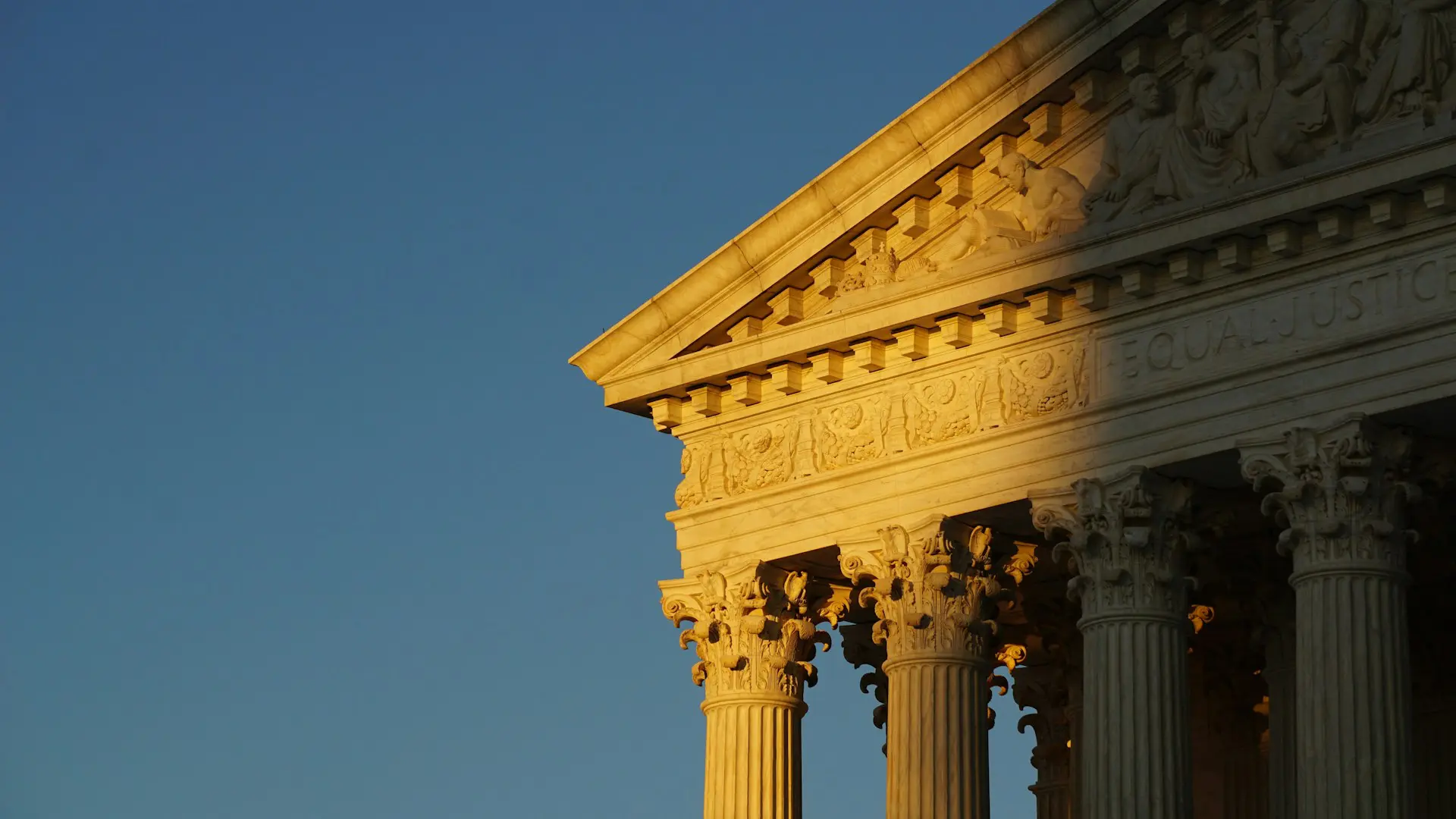
Famous Supreme Court Cases (Part One)
The Supreme Court of the United States is the highest court in the entire country. Established in 1789, it has ultimate appellate jurisdiction over all state and federal courts. It is the Supreme Courts duty to uphold the constitution, while being the final interpreter of constitutional law. Rules made by the Supreme Court of the United States establish binding legal precedent. Today, we are going to learn about a few famous Supreme Court Cases.
Brown v. Board of Education (1954)
The unanimous decision handed down in Brown v. Board of Education ended the “separate but equal” era. This well-known case followed a previous Supreme Court ruling, Plessy v. Ferguson (1896), which had upheld the constitutionality of segregation and Jim Crow laws. Brown v. Board of Education ended segregation. After Brown w. Board of Education, schools were no longer segregated. The ruling also set the nation down the road to the Civil Rights Act of 1964.
Mapp v. Ohio (1961)
The ruling handed down in Mapp v. Ohio plays an essential role in criminal proceedings on the state level. The case held that evidence which had been illegally obtaining by the state could not be used against a defendant in court. Before this ruling, only the federal government had been banned from using illegally obtained evidence. The case was brought to the Supreme Court after local police in Ohio illegally entered the home of Dolly Mapp and arrested her for possessing “obscene books.”
Miranda v. Arizona (1966)
In every TV courtroom procedural, you will hear officers tell criminals “You have the right to remain silent, anything you say can be used against you in a court of law.” This is a dictation of the so-called “Miranda Right,” which was created as a result of Miranda v. Arizona. The 5th Amendment establishes the right against self-incrimination. When officers are dictating Miranda Rights, they are informing an individual of their right against self-incrimination.
Images used under creative commons license – commercial use (12/9/24).Photo by Ian Hutchinson on Unsplash



